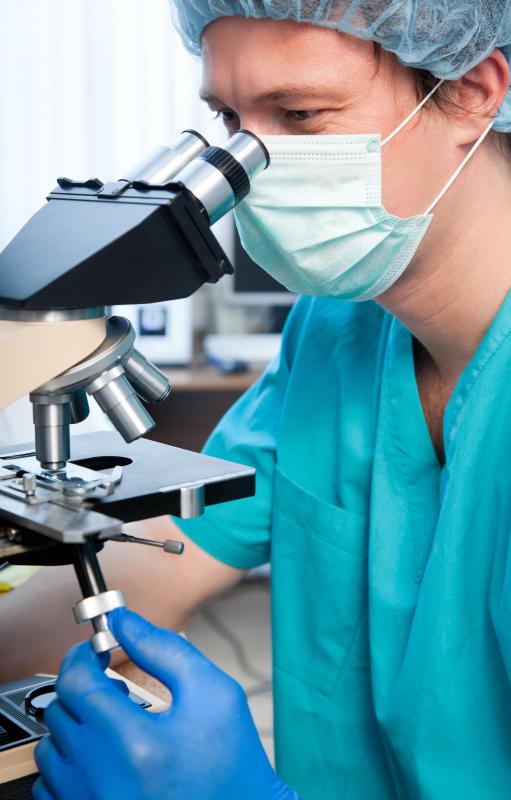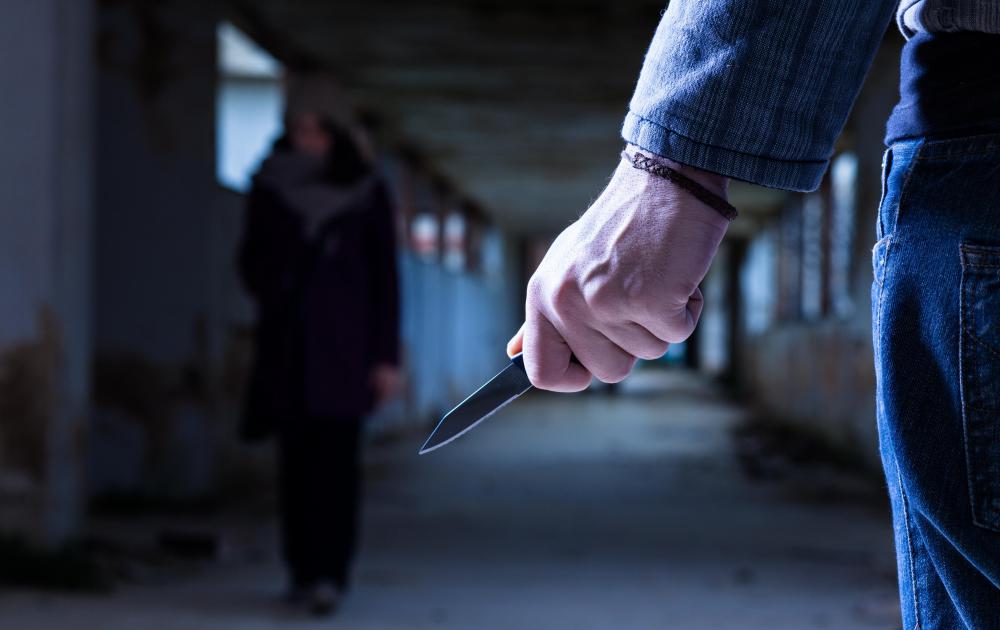At MyLawQuestions, we're committed to delivering accurate, trustworthy information. Our expert-authored content is rigorously fact-checked and sourced from credible authorities. Discover how we uphold the highest standards in providing you with reliable knowledge.
What Is Criminal Evidence?
Criminal evidence is any exhibit or testimony regarding a crime. It can take many forms, and is typically used to establish that a crime has been committed and identify blame or fault in a criminal case. What constitutes acceptable evidence varies somewhat between legal systems, although ideally, evidence provides reasonably reliable information that gives a more complete picture of a crime.
Evidence is often determined as being either direct or circumstantial. Direct evidence provides information that is true beyond a reasonable doubt, while circumstantial evidence can support a theory or suggest proof but does not prove something unequivocally. For instance, an expert showing that a stab wound was caused by a knife of the same make and model owned by the suspected criminal is circumstantial, as it only suggests or supports the theory that the suspect stabbed a victim. A security video showing the suspect stabbing the victim, on the other hand, is direct evidence.

In legal cases, usually a blend of direct and circumstantial criminal evidence is presented to a deciding body. Once both the defense and prosecution have made their presentations, a jury, judge, or moderating body is meant to base any decisions on the evidence that has been shown. Ensuring that evidence is legal and accurate is therefore an extremely crucial component of a fair system of justice. It is not uncommon for trials to be declared null and restarted if criminal evidence proves to be obtained illegally or subject to questions of corruption.

Verbal or written testimony makes up a large portion of criminal evidence. Testimony can come from several sources, including from principal players in the crime such as the victim and suspect. Some testimony may also come from outside experts hired to analyze and present information about the crime, such as forensic experts. Witnesses generally offer information directly regarded to the crime, although some “character witnesses” may also offer insight into the personality and background of the victim or defendant.

Physical evidence is often extremely telling, as it can help experts and deciding bodies accurately reconstruct the events and components of a crime. Physical evidence may include items such as clothing or weapons, or DNA evidence such as blood, hair, or bodily fluids. Physical evidence can be either direct or circumstantial, but always involves tangible objects.

Criminal evidence is the mainstay of many justice systems. Without it, the prosecution of crime is much more likely to be subject to corruption, personal designs, and unfair or unlawful punishment. By relying on the proof and inference created by reviewing criminal evidence, deciding bodies are more likely to have an objective, fact-based concept of a crime. Ideally, creating a justice system based on strict adherence to evidence laws will result in correct identification and consequences for criminals, while ensuring the safety of innocent or falsely accused defendants.
AS FEATURED ON:
AS FEATURED ON:


















Discussion Comments
Moldova-When my sister was in law school, she had criminal evidence textbooks. She used her criminal evidence books all throughout law school.
The most well known book was, “Criminal Evidence Garland.” This book discussed previous court rulings based on evidence obtained. It offered great case studies for criminal cases.
SurfNturf-Sometimes evidence is not properly collected and often degrades as a result. These problems in collecting evidence, especially DNA evidence can pose a problem because if the evidence is not collected in a timely fashion, the integrity of the evidence becomes tainted and the evidence can not be used.
This is another source of frustration for prosecutors. Many defendants that would have otherwise been convicted are found not gulity and often go on and commit more crimes.
The recidivism rate among criminals is very high. Gathering evidence properly can either make or break a case. Sealing off the crime scene immediately is the best way to gather fresh evidence.
A defense criminal attorney has to always have the evidence presented to him regarding his client before the trial.
This allows the criminal lawyer to analyze the evidence and object to and strike evidence that might be detrimental to his client.
Sometimes the judge will allow certain evidence for the trial and other times it does not. For example, if the defendant confessed to the crime, but was not read his Miranda warnings at the time of the exchange with the police officer, then the criminal attorney will argue that the evidence should be thrown out because the defendant was not read his rights.
Post your comments